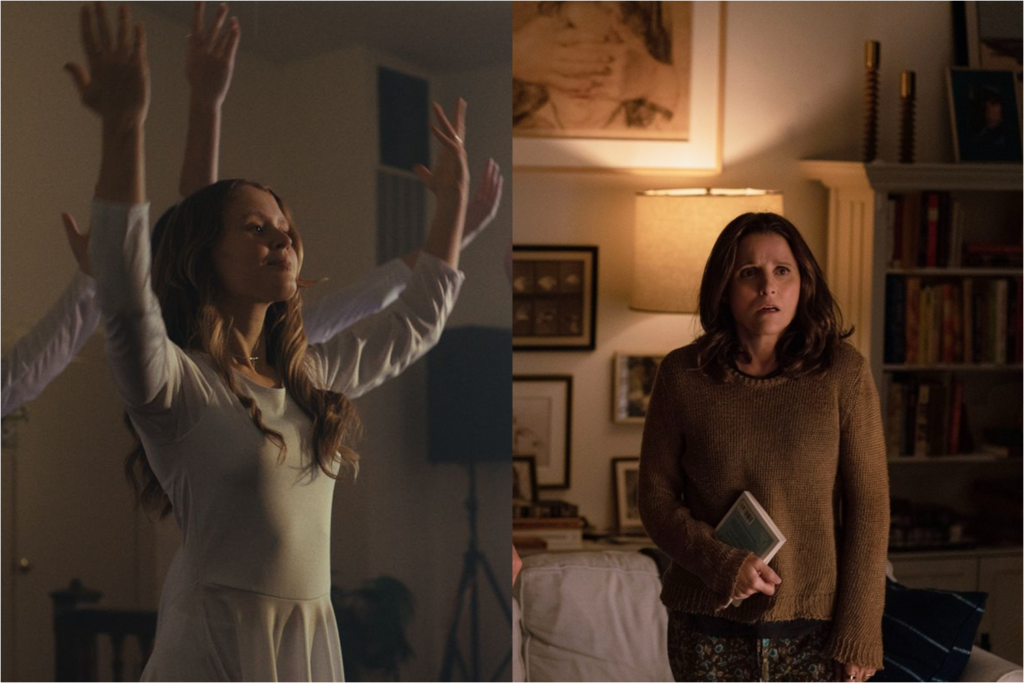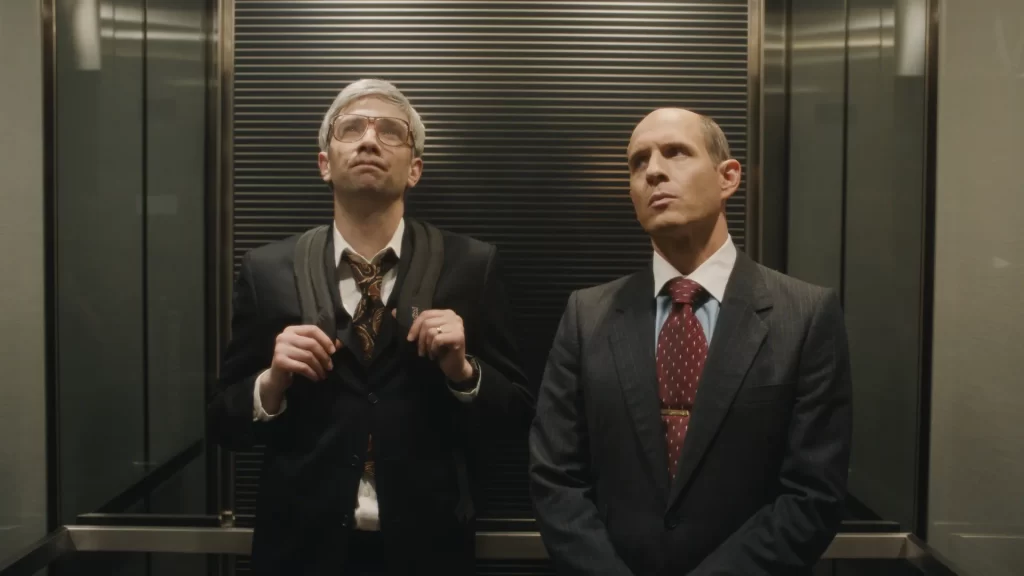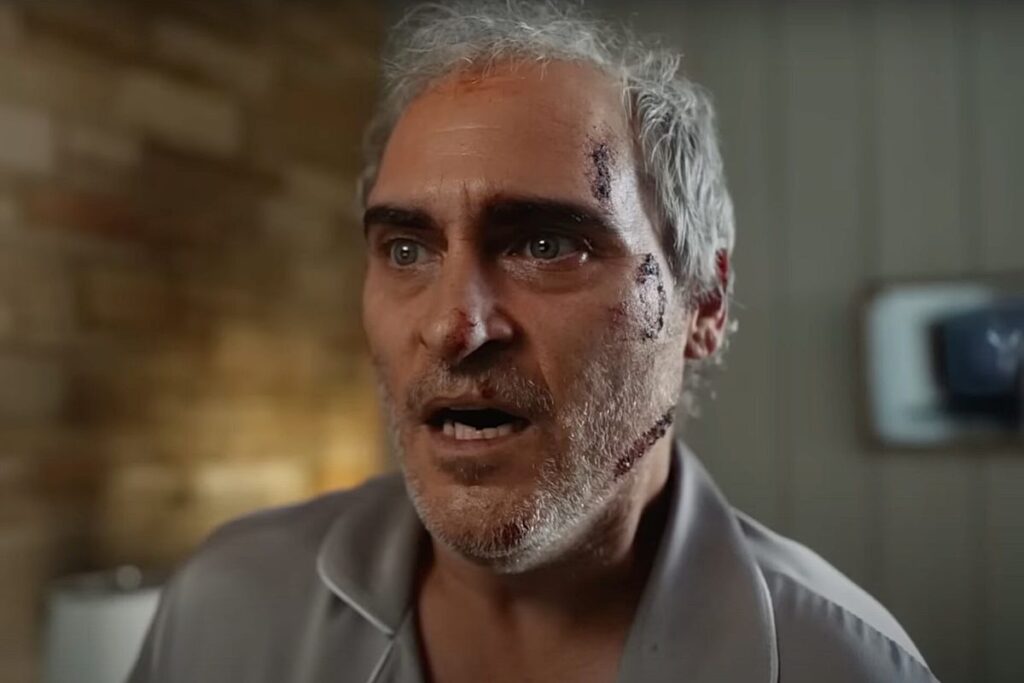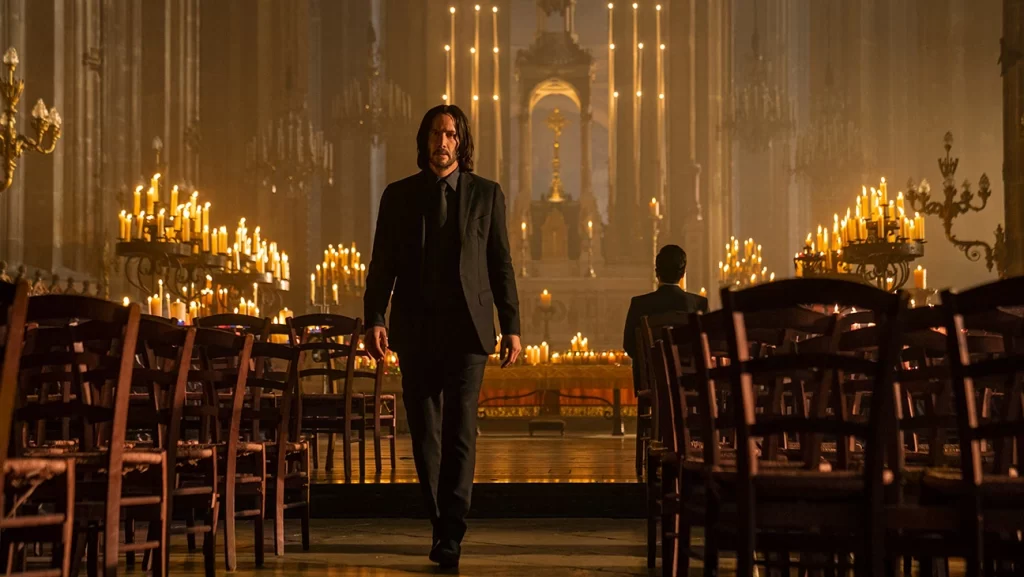Quick Hits: You Hurt My Feelings; The Starling Girl

The characters in a Nicole Holofcener picture always have problems, but they tend to be cute problems—like how Catherine Keener can’t decide how to donate her wealth in Please Give, or how James Gandolfini is incapable of whispering in Enough Said. This doesn’t make their emotional confusion or existential despair any less real; it’s just that their floundering is undergirded by a bedrock of professional success and academic sophistication. So what’s interesting about You Hurt My Feelings, Holofcener’s latest look at privileged people, is that while this sense of accomplishment remains firmly in place, it’s also questionably earned. The heroes of this movie all live in nice Manhattan homes and hold impressive jobs, yet they don’t seem to actually be good at anything.
Beth (Julia Louis-Dreyfus) is a published author who teaches a creative writing course, but her memoir didn’t sell and she’s yet to land a second book deal; her students are shocked to learn that she’s a real writer. Her husband, Don (Tobias Menzies), is a therapist who’s been practicing for decades, yet his patients are constantly complaining that he never actually helps them. (Whenever he’s with a client, he hangs a shabby “In Session” sign on his door.) Their son, Eliot (Owen Teague), works at a weed dispensary and is perpetually drafting a play that’s never close to being finished. Beth’s sister, Sarah (Michaela Watkins), is an interior decorator who seems to only have one client—a woman who never approves of her banal fixture suggestions. Sarah’s husband, Mark (Arian Moayed), is a struggling actor who’s yet to receive his big break. Read More




